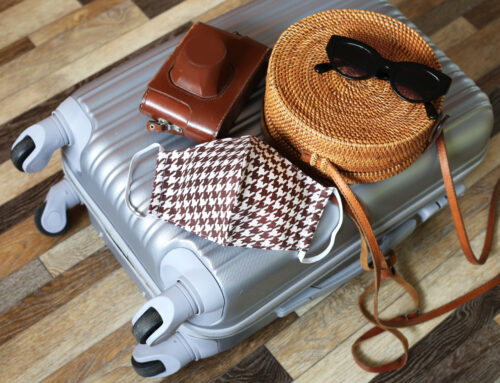
Old man taking out pills from blister into pills box to organize weekly dose
Many of us have medication piled up in our drawers and cabinets they we have collected over time. Some of it we never use and yet it takes up vital space we need to store other essentials. So how to we tackle the medication mayhem and simplify our space?
Purge. The first step in organizing your medication, whether it is prescription or over-the-counter, is to remove any medication that is expired or you no longer need to take. For proper disposal of unused medications, you can check national sources for an Authorized Drug Collection Location near you where you can drop off the medication. Some areas like Bucks County, Pennsylvania and the state of New Jersey have sites that list secure drop box locations. You can follow the FDA Guidelines for how to dispose of medication if there is no authorized drug collection location near you.
Sort. The key to organizing any space in your home is sorting. This also applies to medication. Think about the categories of medication as you sort through them. You may want to sort all prescription medication in one group and over-the-counter in another group. Or you may have several cold medications or multiple medications for a chronic health condition. Also consider which medication you use daily versus medication that you take occasionally. Do your best to group similar items together.
 Store. Once your medication is sorted, you need to figure out where and how to store it. Ideally, it is best to store all your medication in one location so everything is together; however, this may not be the best option for some people. A logical storage location would be to keep your medication where you typically take it. Therefore, if you take it each morning after eating breakfast, keeping it in the kitchen may be best. But, if you are someone who needs to take medication before going to bed, it may be best to keep that medication on your bedside table or in the master bathroom for ease of access.
Store. Once your medication is sorted, you need to figure out where and how to store it. Ideally, it is best to store all your medication in one location so everything is together; however, this may not be the best option for some people. A logical storage location would be to keep your medication where you typically take it. Therefore, if you take it each morning after eating breakfast, keeping it in the kitchen may be best. But, if you are someone who needs to take medication before going to bed, it may be best to keep that medication on your bedside table or in the master bathroom for ease of access.
Another aspect to consider is how frequently you use the medication. If you use it daily, it should be in a location that is easy to access, like the front section of a shelf or drawer. The items that are used occasionally can be tucked on a higher shelf or towards the back of the shelf. And always remember to keep medication in a spot that is out of reach of any children or pets.
Once you decide where you should keep your medication, then you can decide how to store it. One option is to put it in a bin or basket to corral it neatly within the cabinet or drawer. You can find great options at your local dollar store. If you need more than one basket, it is recommended that you label each basket. If you take multiple medications every day or at different points in a day, you may consider a pill organizer with separate compartments for each day. Some organizers break the days up into morning, afternoon, evening, and bedtime. They even have pill organizers now that have alarms to remind you when to take your medication.
If you have an extensive collection of medication and a basket just will not do, you can purchase a plastic drawer unit and put each category of medication in its own drawer. Again, be sure to label each drawer so you or anyone in your home can clearly identify what is in each drawer.
These simple steps will help to pare down and organize your medication and bring you one step closer to simplifying your space.
Author: Karen Kabara
Your Tasks – Our Time, Inc






